The weekend of summer in June, the weather is cool as if pleasing people. That is also the time when we from the coastal city of Phan Thiet have a journey to Lang Sen - Uncle Ho's hometown, Kim Lien historical - cultural relic and a special National Monument.
The common homeland of every Vietnamese citizen
Joining the crowd from all over the country, we came to the Kim Lien historical and cultural relic in a state of nostalgia and emotion. The road to Sen Village has gone through many historical ups and downs, and is now spacious, clean and beautiful with a rustic and peaceful landscape like a painting. Sen Village is located in Kim Lien Commune, Nam Dan District, Nghe An Province. This is where President Ho Chi Minh was born and spent his childhood. There, under the simple thatched roof of his paternal and maternal homeland, he lived in the love of his family and neighbors. From there, he nurtured in him a great soul, a love for his homeland and people.
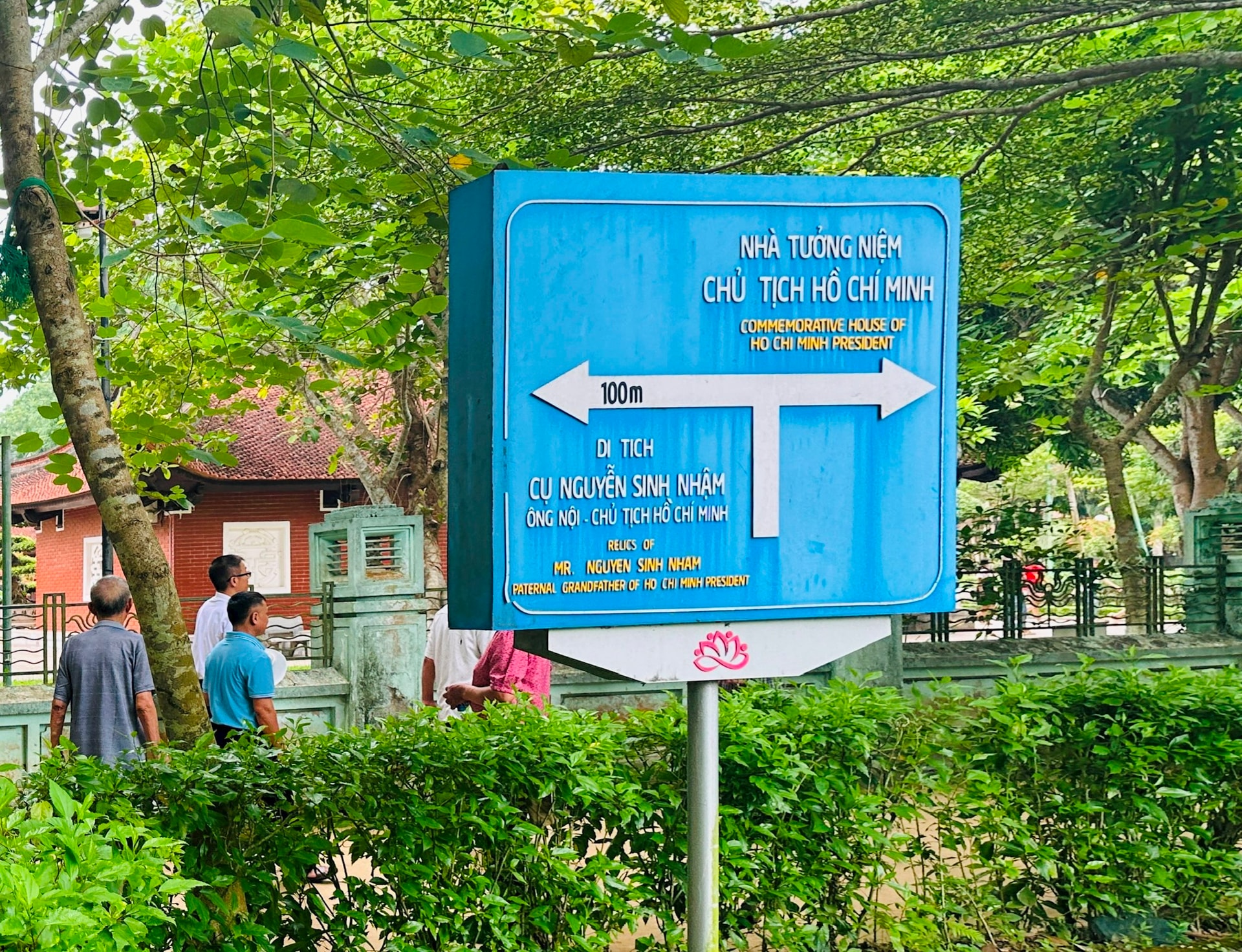
First time coming to Sen Village, with its vast and peaceful space. The small path leading to the thatched cottage where Uncle Ho used to live was filled with the scent of lotus blooming in the lake, fish pond, straight rows of hibiscus, grapefruit trees in the front yard laden with fruit, and rows of green bamboo behind the house swaying in the wind. In the garden, rows of banana trees, sweet potato trees and many other crops are planted... According to the introduction of the Kim Lien Relic Site about the history of the house of Mr. Pho Bang Nguyen Sinh Sac (father of President Ho Chi Minh): "In the Hoi examination in Tan Suu year (1901), Mr. Nguyen Sinh Sac passed the Pho Bang exam. For the first time in Sen Village, someone passed the exam with high scores. In front of that honor, the people of Sen Village allocated a piece of land of about 2,500 m2 of school land to make a garden, bought a five-room wooden house with a thatched roof to build here and invited the family of Mr. Pho Bang Nguyen Sinh Sac to live there. During this time, Mr. Nguyen Sinh Thuyet (Mr. Sac's half-brother) converted the house across the street to make a kitchen for his brother.
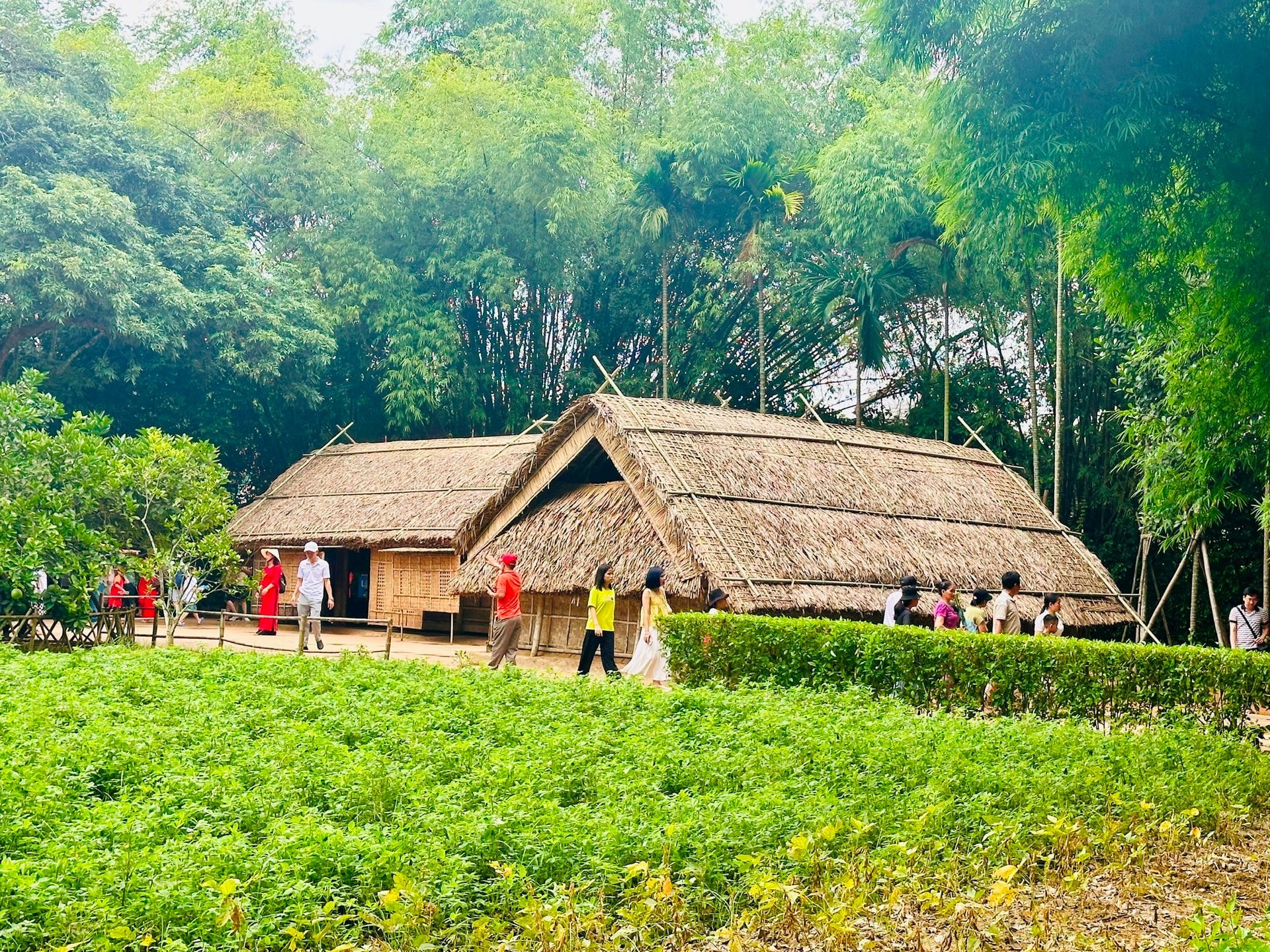
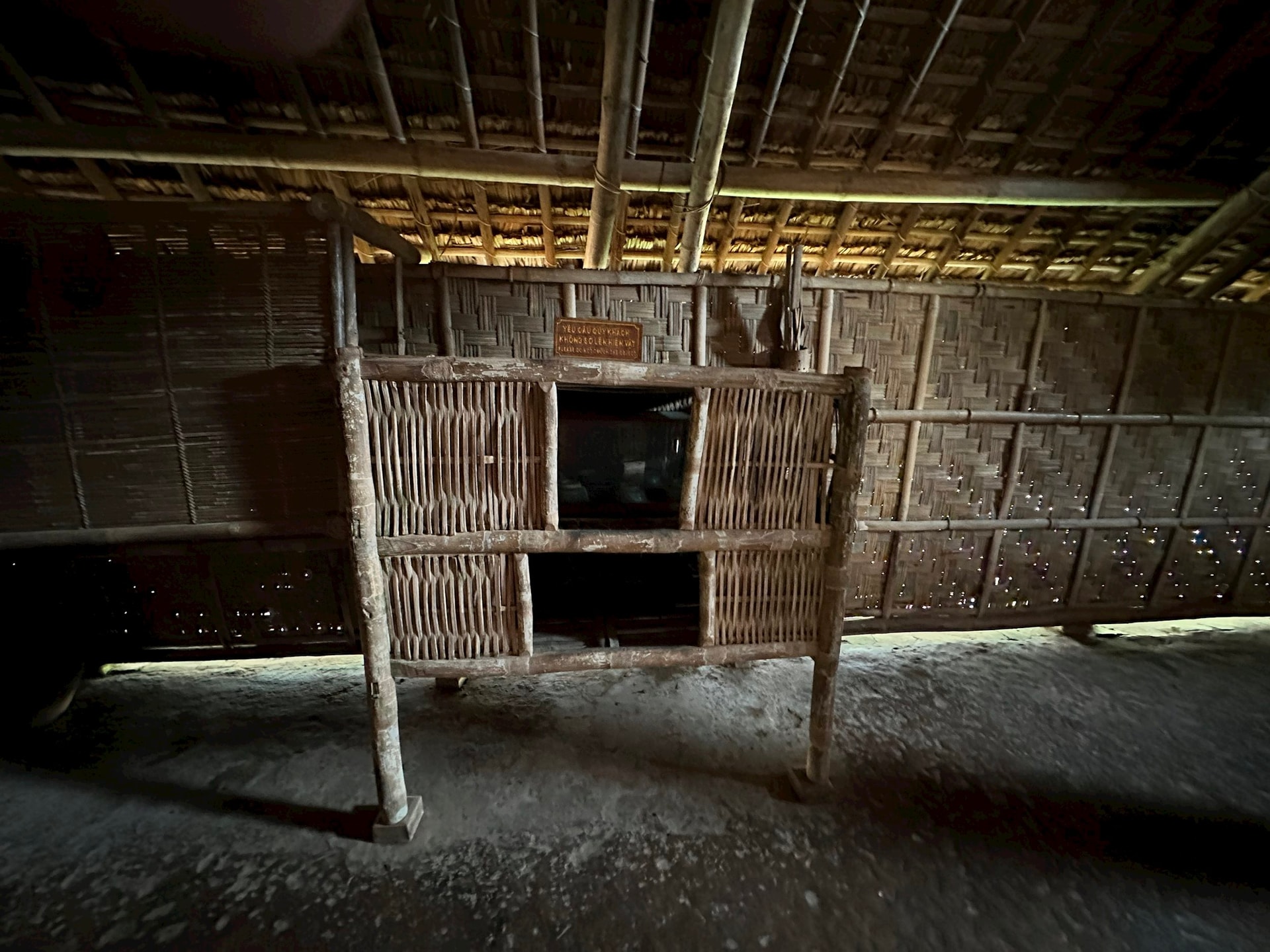
From 1901 to 1906, Mr. Pho Bang Nguyen Sinh Sac and his three children (Nguyen Thi Thanh, Nguyen Tat Dat, Nguyen Tat Thanh - the name of President Ho Chi Minh when he was young) left Hoang Tru village to live in Lang Sen. It was in this house that Nguyen Tat Thanh had many encounters with patriotic scholars and Confucian scholars who loved the people. At the end of 1906, Nguyen Tat Thanh followed his father to Hue to study at the Hue National School, actively participating in the anti-tax movement in Central Vietnam. At the end of 1909, he left Hue for the southern provinces, and on June 5, 1911, he set out to find a way to save the country.
After many years of national upheaval, the family did not live here, and the house was handed over to someone else. In 1956, the house was collected and reused on the old land as a souvenir. The simple and modest artifacts here are associated with many profound memories of President Ho Chi Minh's 5 years of youth. This place also marks the event of President Ho Chi Minh's two visits: June 16, 1957 and December 9, 1961. The house was ranked as a national monument by the State in 1990 and as a special national monument in 2012.
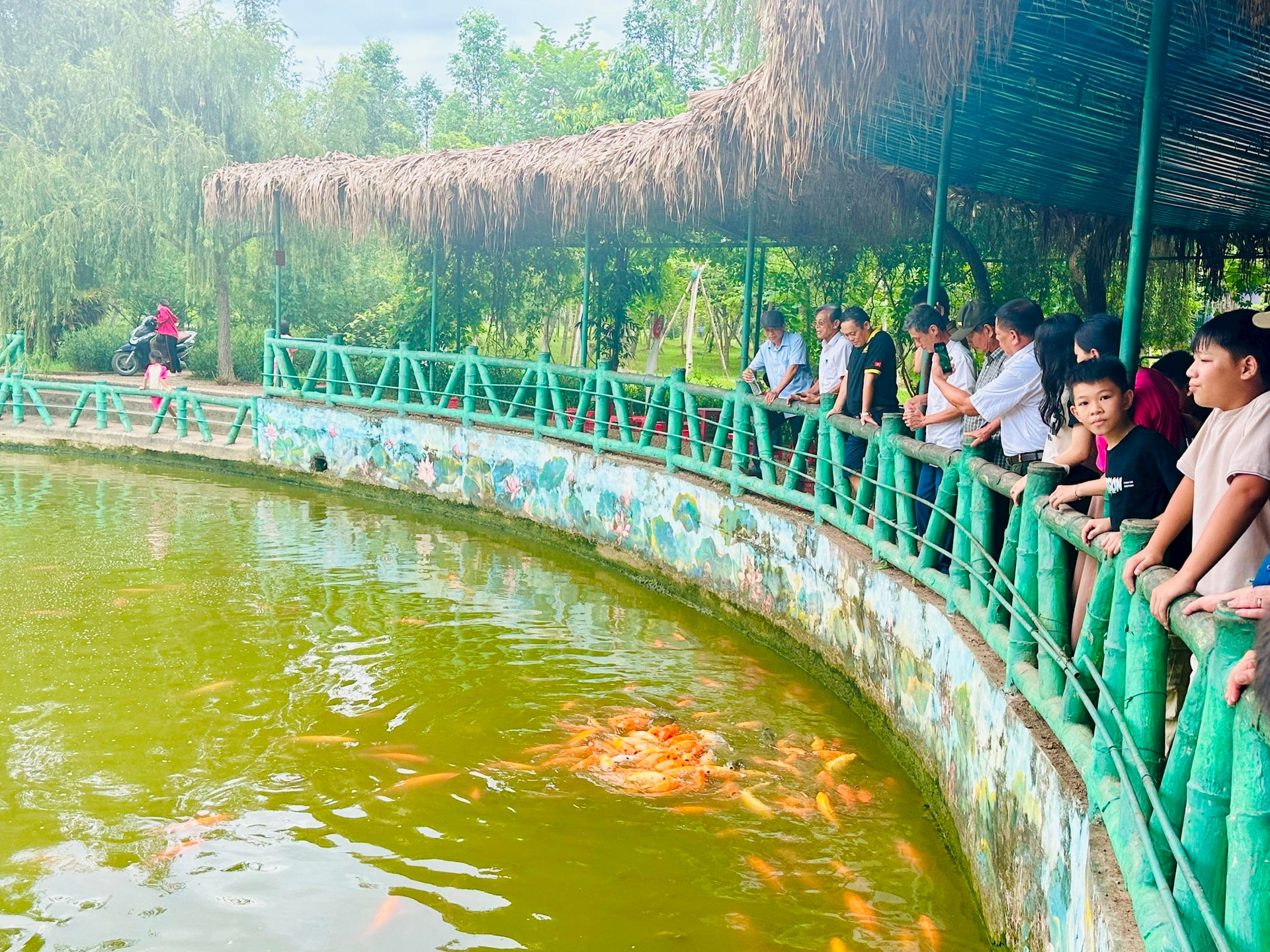
Traditionaleducation
More than half a century has passed, and to this day, generations of Uncle Ho's descendants from all over the country still flock to Sen Village and the Kim Lien Historical and Cultural Relic to commemorate, pay tribute, and learn more about his origins...
The sweet voice of the tour guide of Kim Lien Relic Site still lingers in me and every visitor: “...Uncle Ho's hometown has long been the common hometown of every Vietnamese person. After more than 50 years away from home, on the day he returned, Uncle Ho still had the warm voice of a son of Nghe An. He was moved to confide in a poem: "The homeland is full of great love and affection - Those fifty years, how much love"...
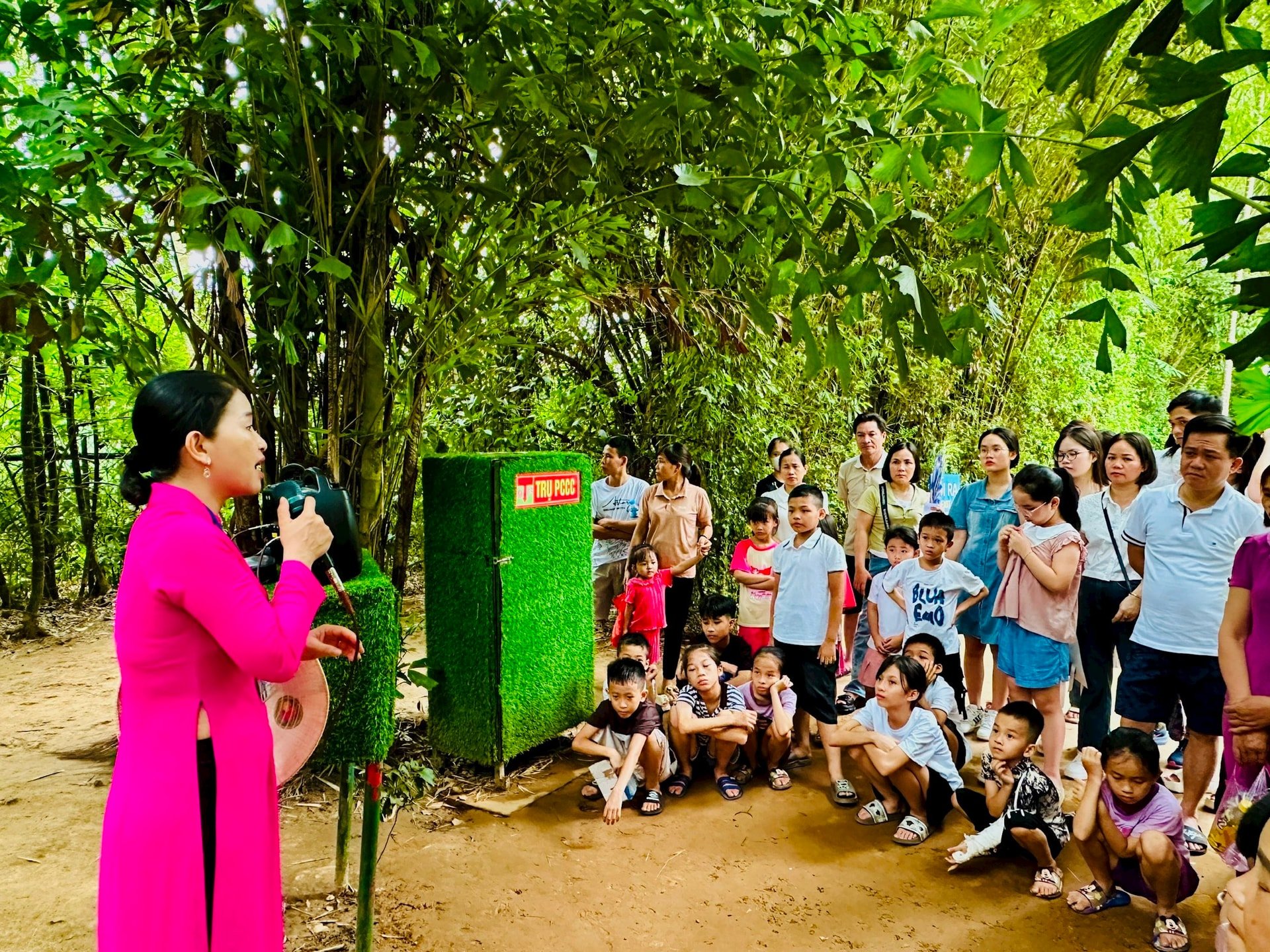
Saying goodbye to Uncle Ho's hometown of Sen Village, temporarily leaving behind the Lao winds and the Central region's June sun, we returned to the coastal city of Phan Thiet, to Duc Thanh School. Here, on his journey to the southern provinces, in 1910, teacher Nguyen Tat Thanh came to Phan Thiet and stopped to teach. Although his teaching time at Duc Thanh School was short, it was quite important for Mr. Thanh to have the opportunity to learn, accumulate cultural capital, knowledge, life experience, and research the situation of the southern land to prepare for his journey across the ocean to find a way to save the country...
From Uncle Ho’s hometown of Sen Village, looking towards Phan Thiet (Binh Thuan), today, the Duc Thanh school, which has been ranked as a national monument, still stands tall. There is also the Ho Chi Minh Museum – Binh Thuan Branch, which currently displays hundreds of valuable documents, artifacts and images about the life and revolutionary career of beloved President Ho Chi Minh. It has also become a place to welcome many domestic and foreign delegations to visit and enjoy. At the same time, it plays an important role in educating the younger generation about cultural traditions, patriotism and revolution…
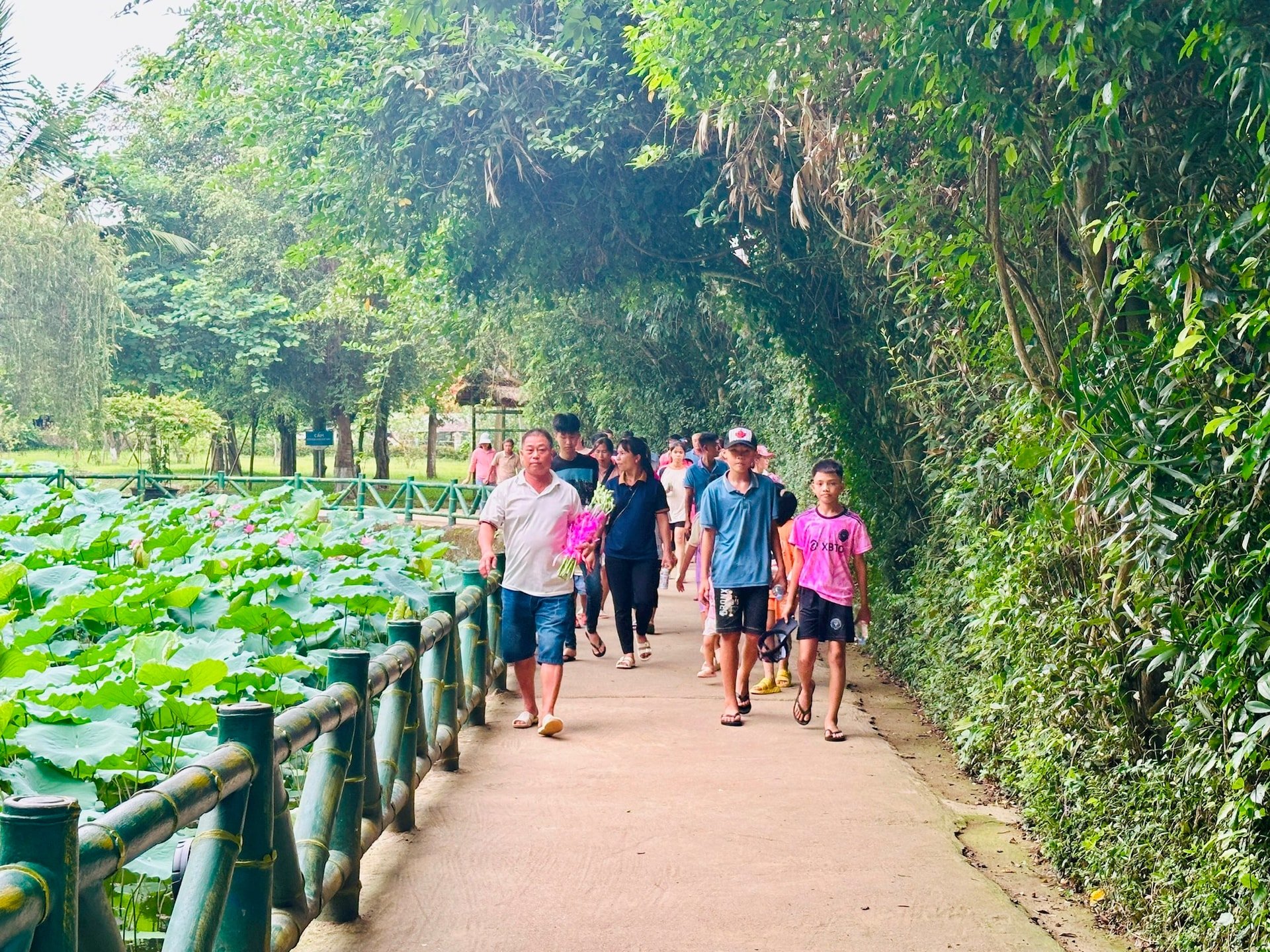
Source: https://baobinhthuan.com.vn/ve-lang-sen-que-bac-119942.html



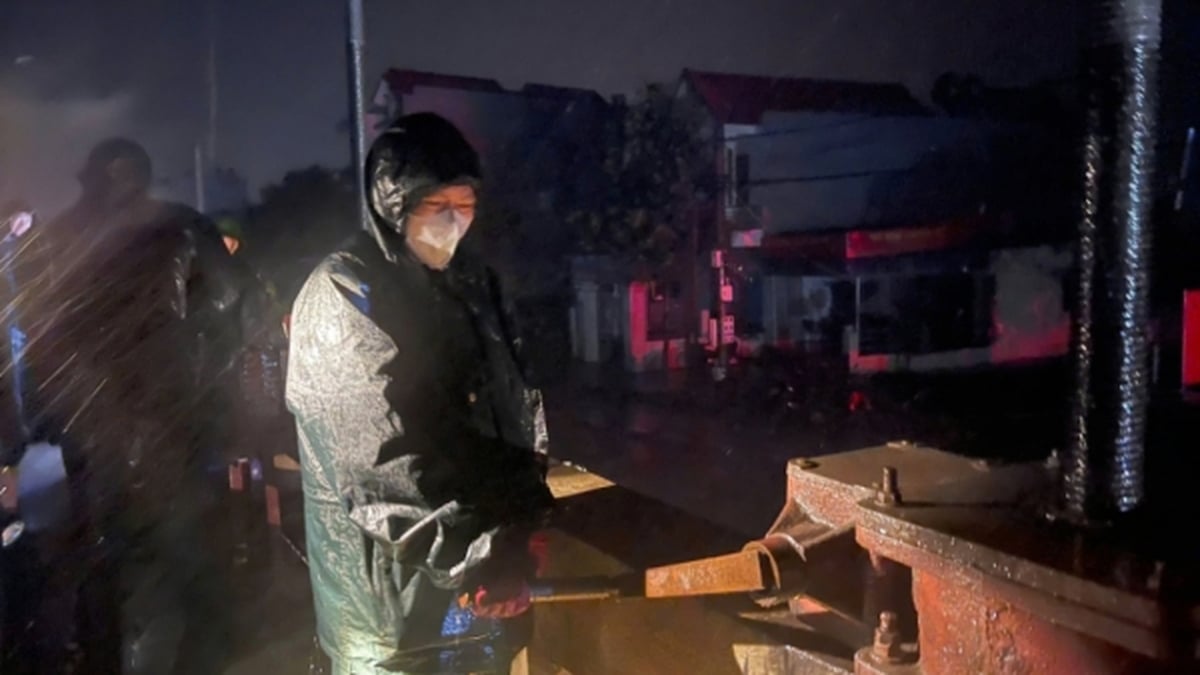
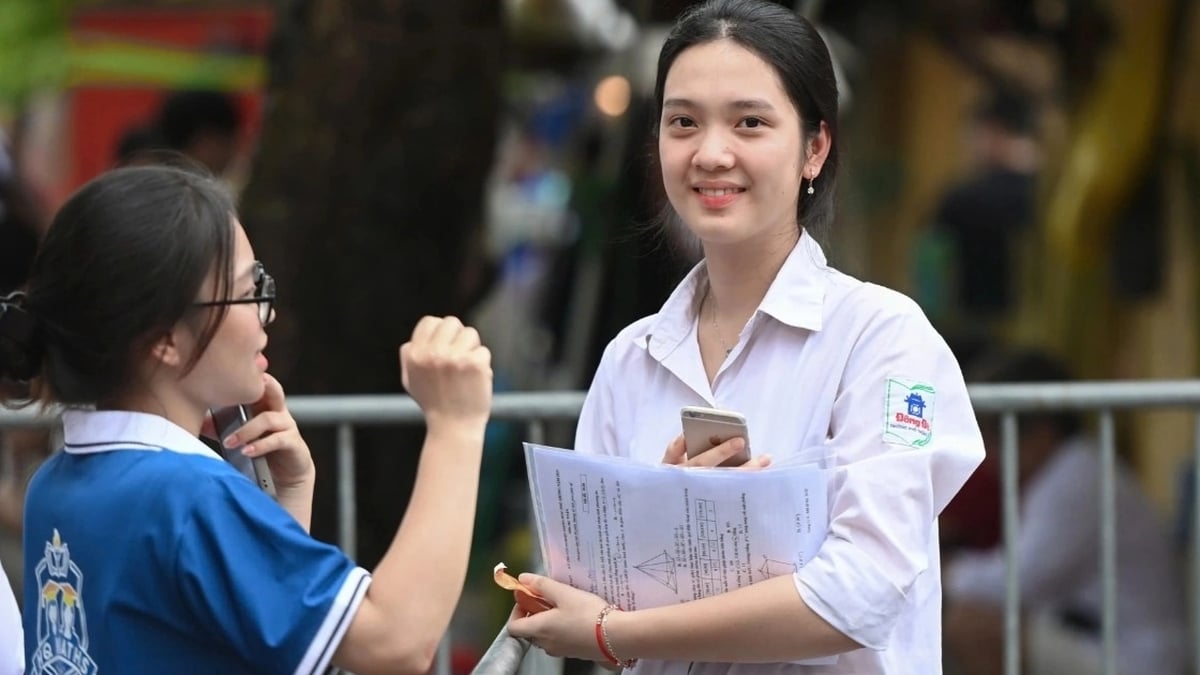
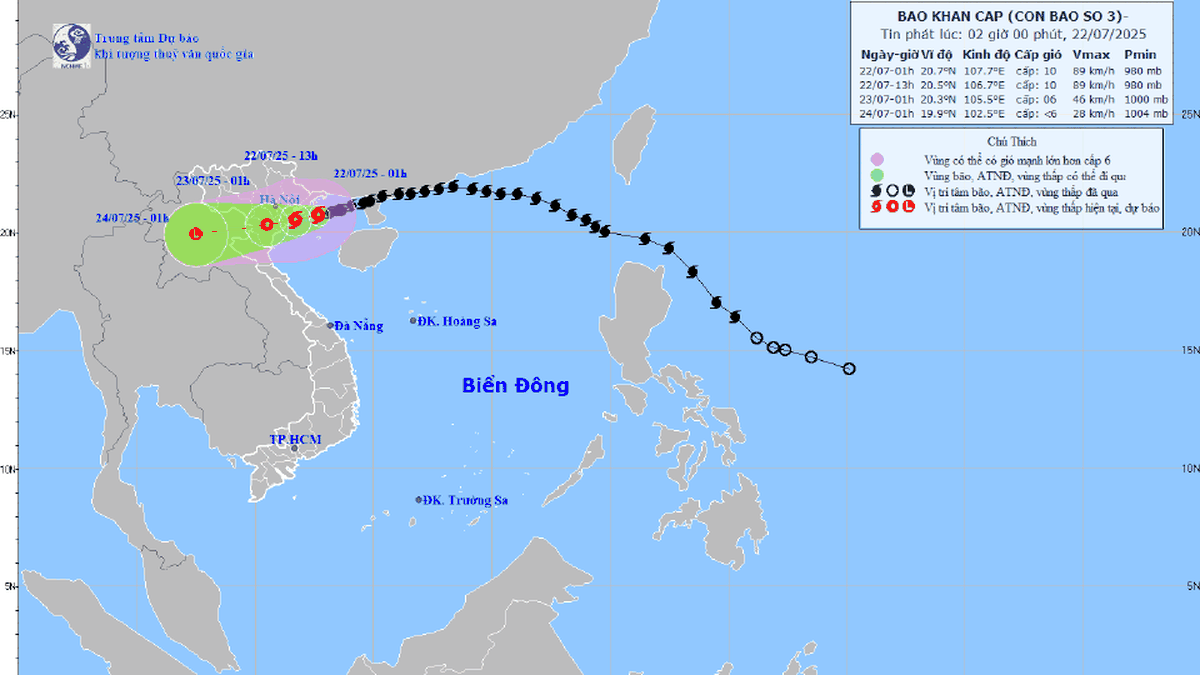
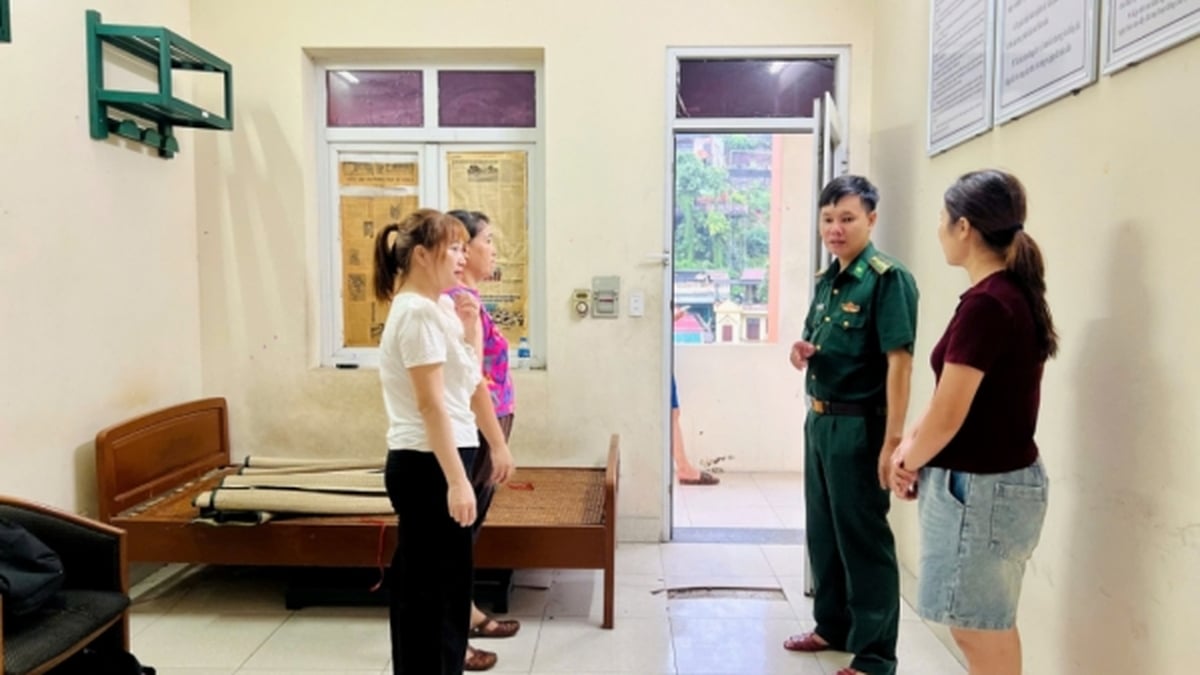
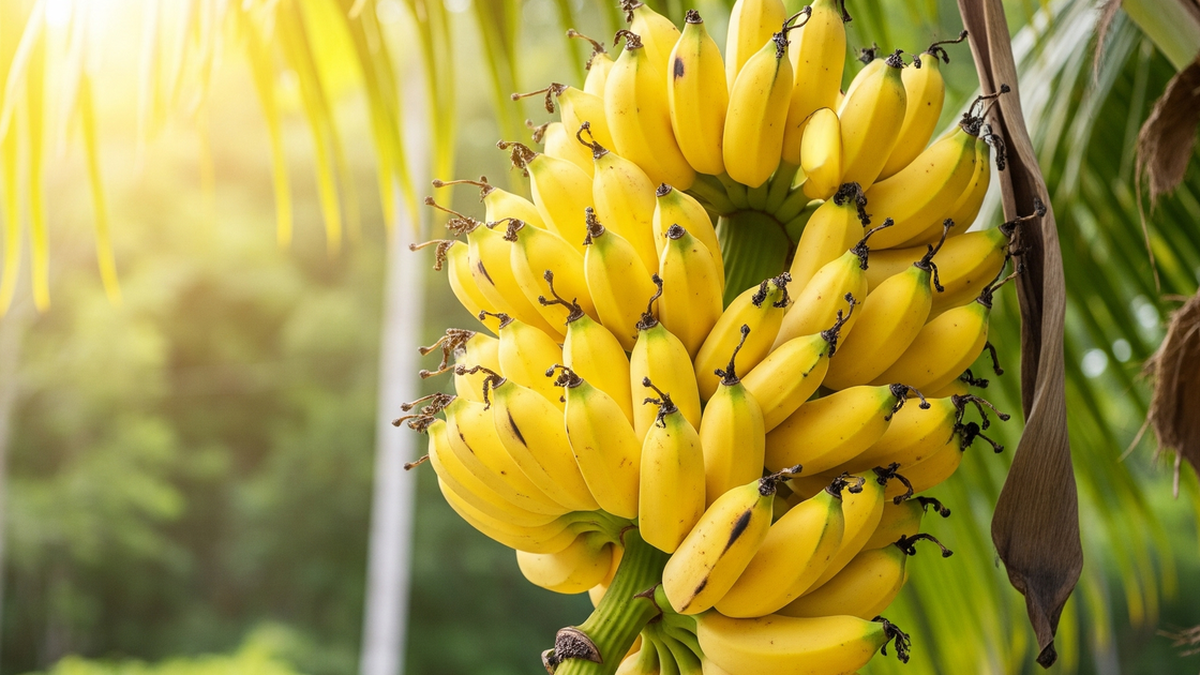
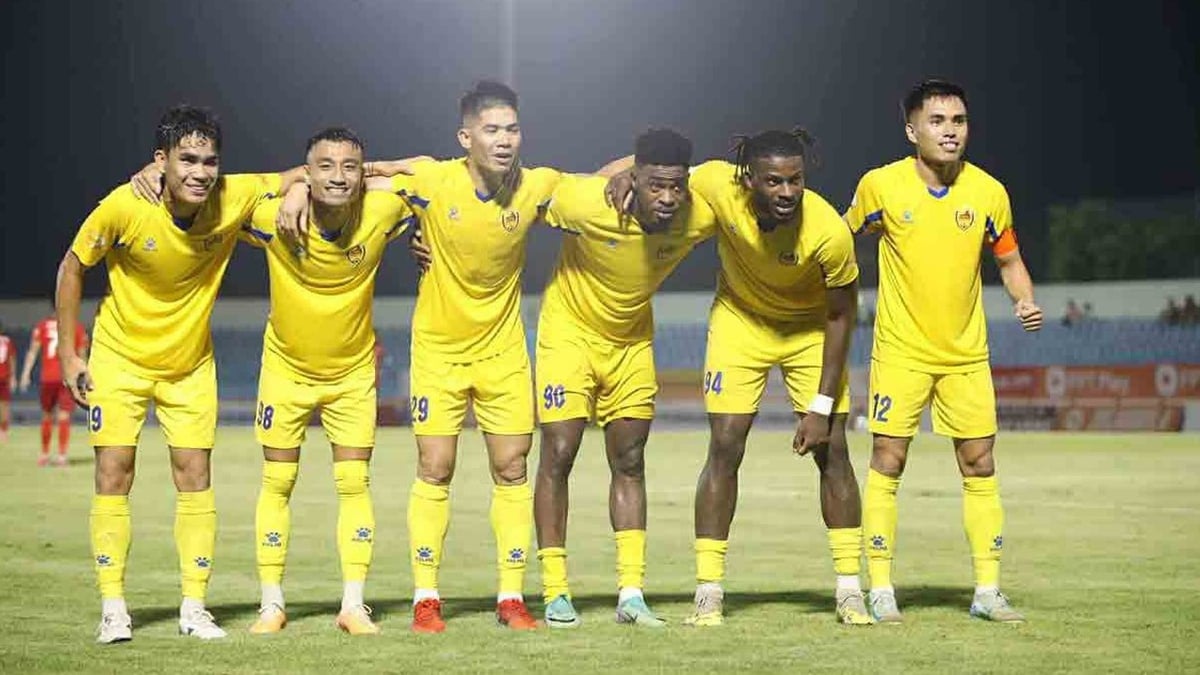
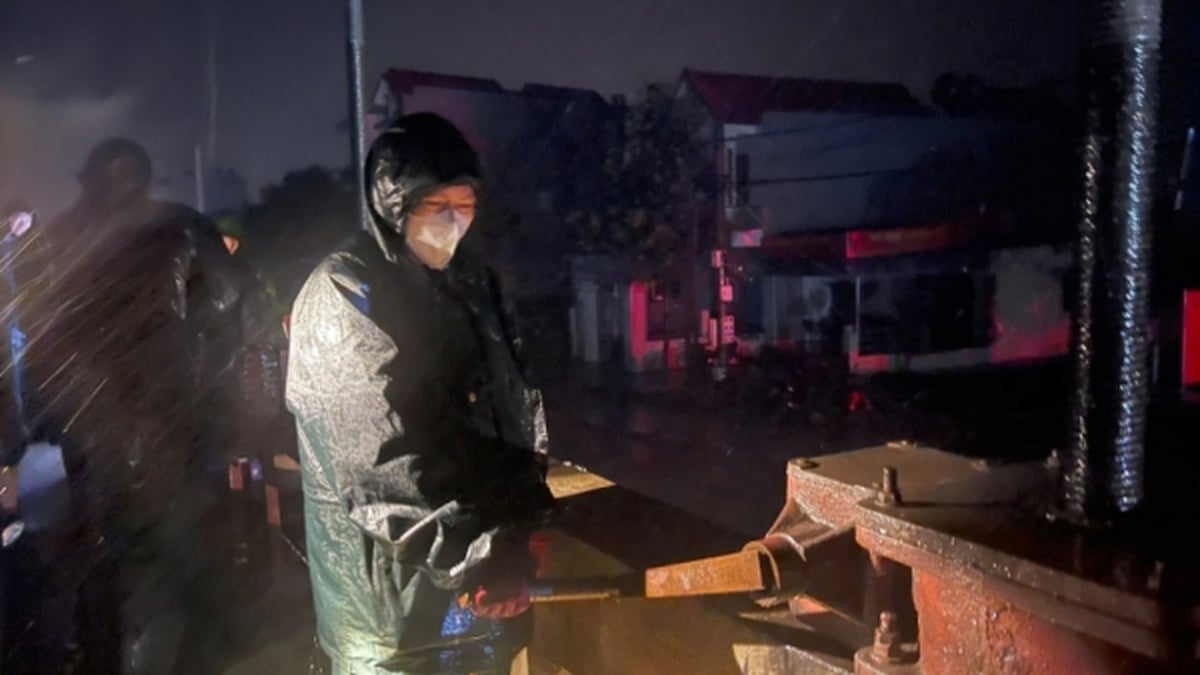
















![[Photo] National Assembly Chairman Tran Thanh Man visits Vietnamese Heroic Mother Ta Thi Tran](https://vphoto.vietnam.vn/thumb/1200x675/vietnam/resource/IMAGE/2025/7/20/765c0bd057dd44ad83ab89fe0255b783)










































































Comment (0)